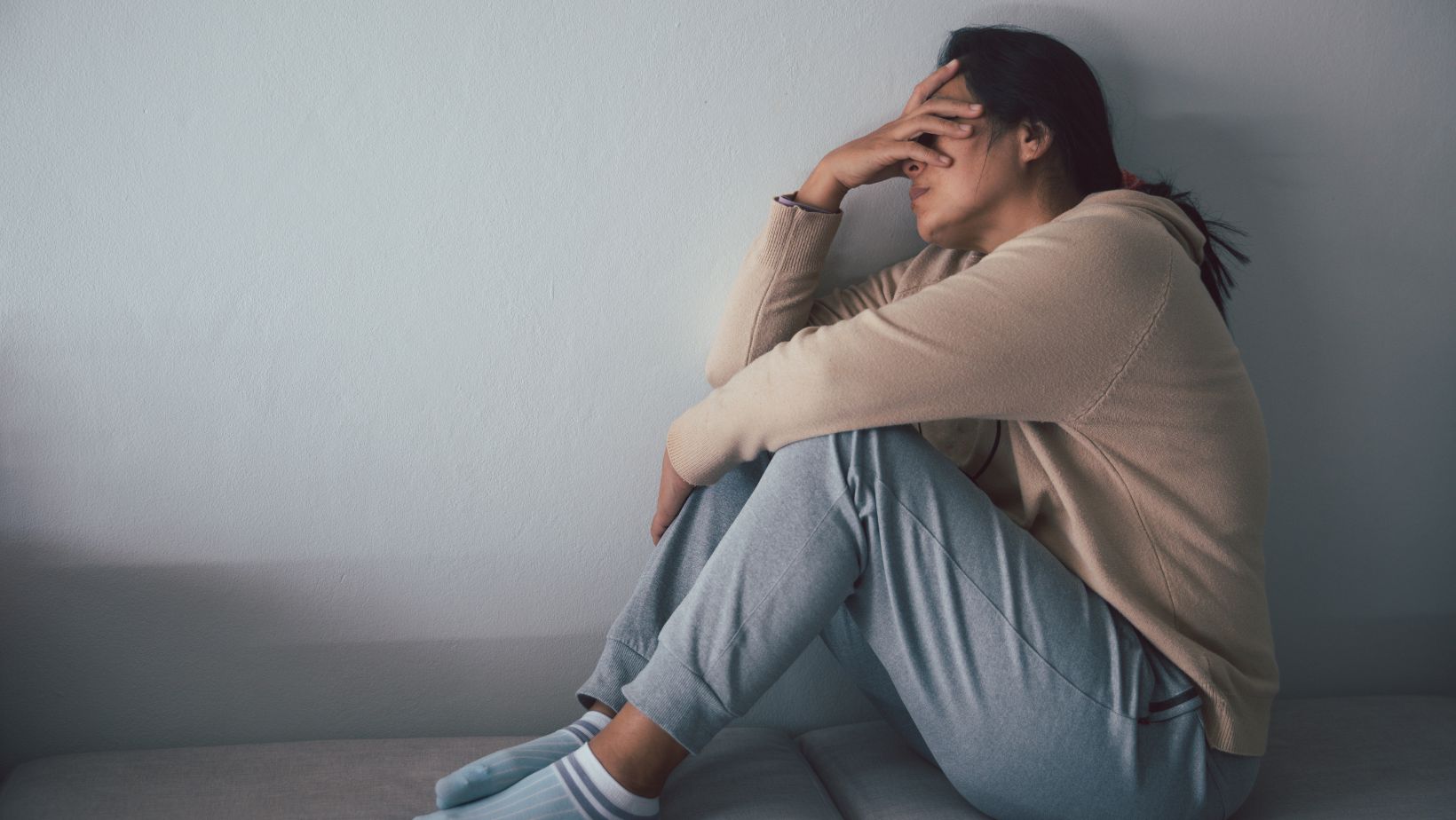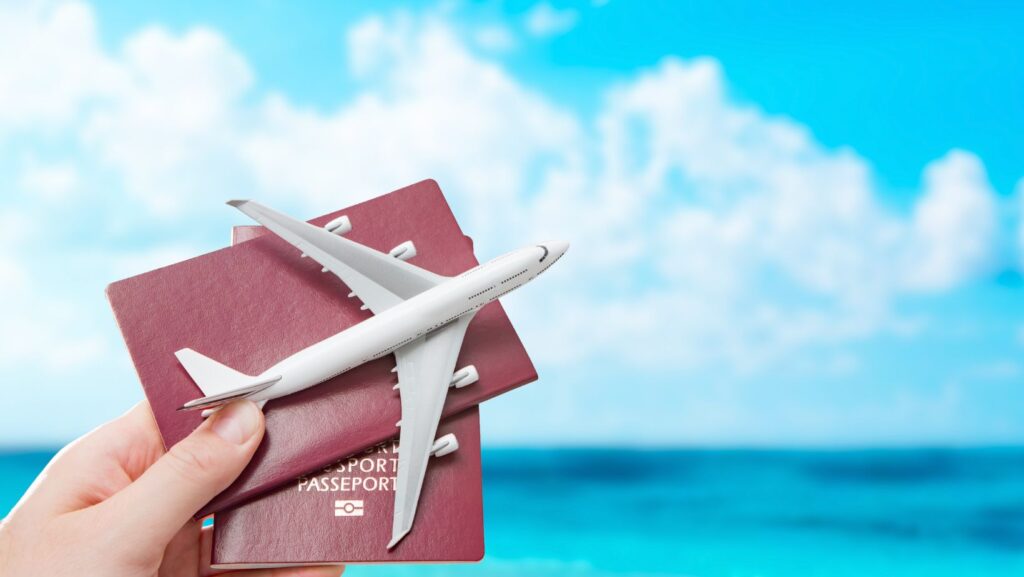Travel Anxiety Tips
Travel anxiety manifests in a variety of symptoms. These indicators not only hamper the joy of traveling, they also impact overall health and wellbeing.  Such symptoms include, but aren’t restricted to: restless sleep pattern, incessant worrying about travel details, heart palpitations, stomach discomfort, and excessive sweating. For example, someone with travel anxiety might constantly check their tickets or packing list, or find it hard to sleep the night before a journey. Understanding these signs aids in identifying anxiety and tackling it at an early stage.
Such symptoms include, but aren’t restricted to: restless sleep pattern, incessant worrying about travel details, heart palpitations, stomach discomfort, and excessive sweating. For example, someone with travel anxiety might constantly check their tickets or packing list, or find it hard to sleep the night before a journey. Understanding these signs aids in identifying anxiety and tackling it at an early stage.
The root causes and triggers of travel anxiety vary for different individuals. Key influencers span from intrinsic psychological factors to external environmental elements. Prime factors include fear of the unknown, past negative travel experiences, and pre-existing mental health conditions like generalized anxiety disorder or panic disorder. Sometimes, seemingly harmless elements like crowded places, long queues at security checks, or uncertainty around weather or accommodations can ignite the spark of travel anxiety. Establishment of these causative agents aids in contextualizing the experience and crafting preventive measures.
Effective Travel Anxiety Tips
Alleviating travel anxiety demands an all-encompassing approach, incorporating pre-trip planning, strategies during travel, and post-trip recovery. Here are some proven and reliable methods to aid individuals grappling with travel anxiety.
Adequate preparation prior to a trip often plays a pivotal role in lessening anxiety. Here are a few strategies to consider during this phase:
- Researching the Destination: Comprehensive knowledge about the area of visit helps mitigate the fear of the unknown. It’s advisable for individuals to familiarize themselves with the local culture, customs, and laws.

- Creating Detailed Itineraries: Including commute arrangements, accommodation details, sightseeing plans, and contingencies leaves less room for unexpected surprises and ensures a stress-free travel experience.
- Practicing Mindfulness and Relaxation Techniques: Regularly practicing mindfulness exercises such as deep breathing, meditation, or yoga not only helps in maintaining an overall sense of calm but also equips individuals to handle high-stress situations should they arise during travel.
Employing certain mechanisms during the journey can significantly mitigate travel anxiety. Look at these examples:
- Distracting Entertainment: Carrying books, music, or portable games serves as a welcome distraction, easing stress during long journeys, airport delays or in-flight discomfort.
- Active Engagement: Striking a conversation with co-passengers or engaging in onboard activities helps divert attention, alleviating feelings of anxiety.
- Regular Movement: On long-haul flights or journeys, periodic light stretching, walking, or simple mobility exercises prevent stiffness, aiding in relaxation.
Efficient post-trip recovery can cement a positive travel experience and assuage any residual anxiety. Here are some ways to achieve this:
- Buffer Time: Incorporating a rest day at the end of the journey, before resuming regular activities offers an opportunity to unwind, ensuring rejuvenation.
- Reflection: Chronicling travel experiences in a journal or blog might be therapeutic and provide clarity, promoting an overall sense of satisfaction.
- Regular Routine: Returning to familiar activities and daily routine promptly helps regain normalcy, contributing to swift recovery from travel fatigue.
Role of Mindfulness in Overcoming Travel Anxiety
Mindfulness, a practical, accessible tool, plays a significant role in overcoming travel anxiety. Quite effective, this technique aids long-term mental wellbeing, especially stress-related to travel. Mindfulness centers around the idea of living in the ‘now’. It involves directing one’s focus to their current environment, actions, or thoughts, such as the sensation of leaves beneath one’s feet or the rhythm of one’s breathing. It’s about becoming an objective observer, recognizing any feelings of anxiety without judgment. For instance, acknowledging a rapid heartbeat or sweaty palms as merely signs that one’s body is experiencing stress. Most importantly, mindfulness teaches acceptance of these sensations, recognizing they are temporary and will pass.
Beneficial for travel anxiety, mindfulness exercises can range from simple to complex. Simple practices include focused breathing exercises where one pays attention to each breath, noting its depth, pace, and how it feels entering and leaving one’s body. The aim is to calmly return one’s concentration to the breath if the mind strays. Another option is body scanning. Starting from the toes and moving upward, one progressively relaxes each part of the body while observing any sensations present.
More complex methods include mindfulness meditation, participating in guided exercises led by an experienced practitioner. Alternatively, one can use Apps like Headspace or Insight Timer, offering a variety of guided meditations specifically designed to ease travel anxiety.
These techniques, done regularly, can reduce symptoms of travel anxiety, such as excessive worry or restless sleep. Overall, these exercises offer a practical, accessible means to enjoy the journey, embracing the excitement that comes with travel rather than dread.

